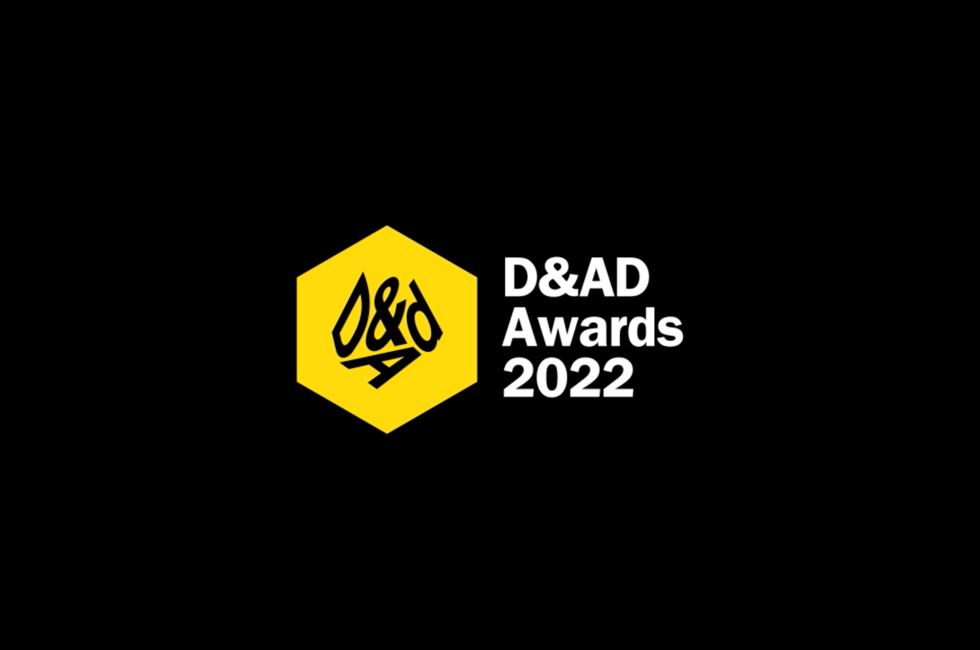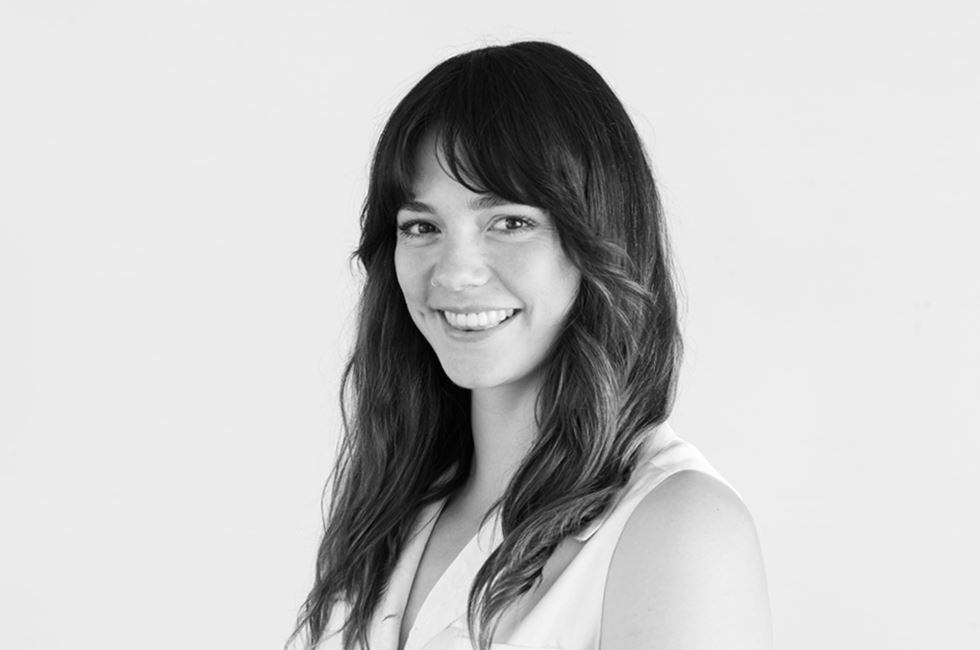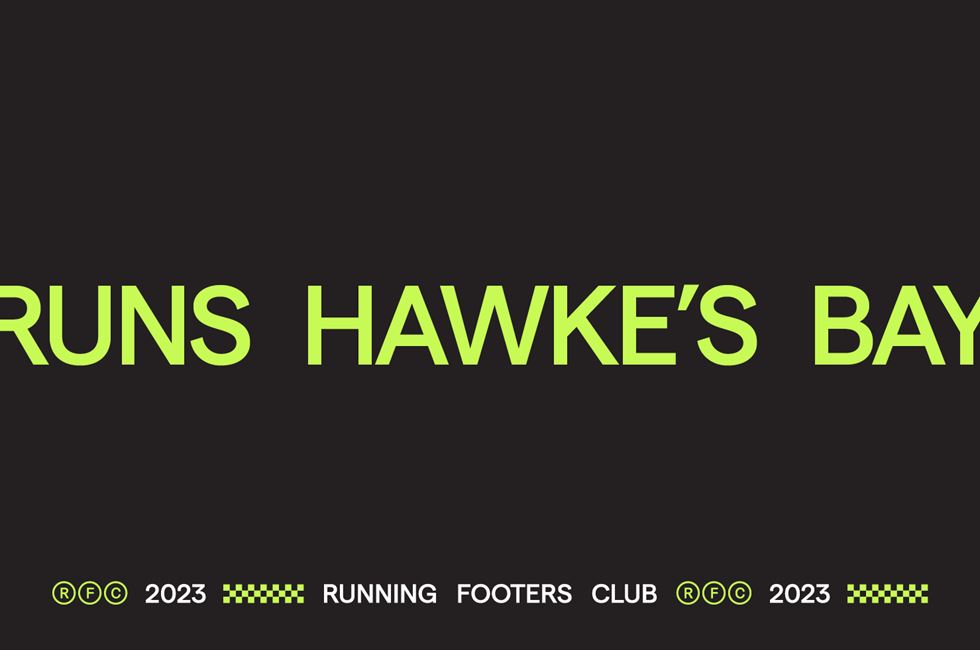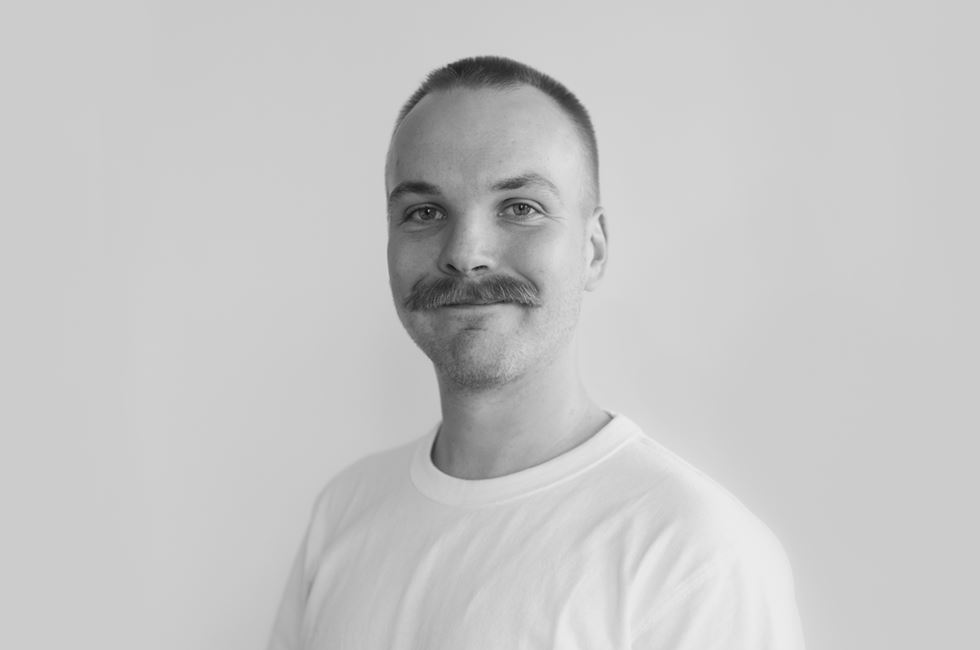A chat with Chris
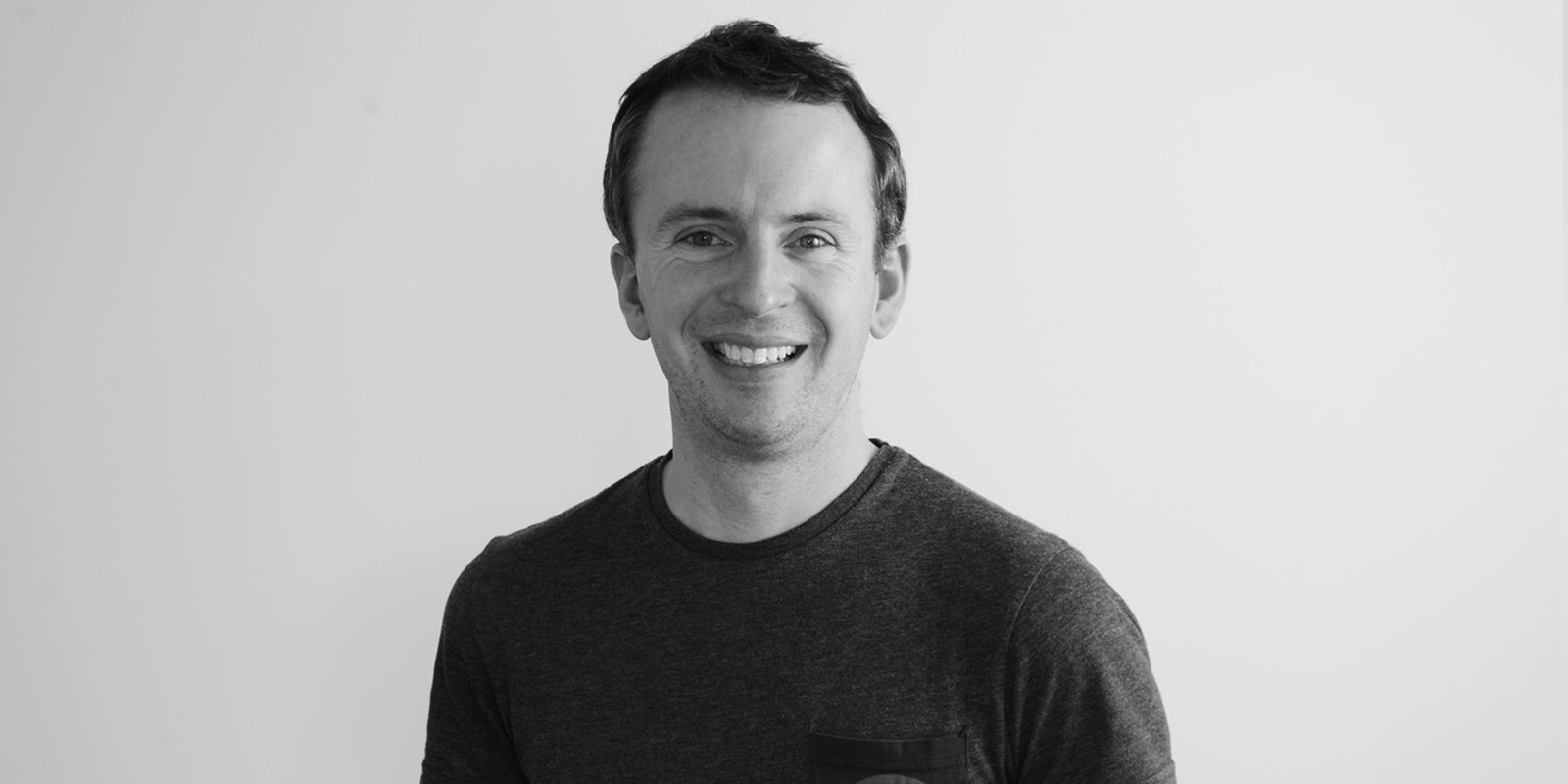
When he's not in the great outdoors, or rallying together creatives for a good cause, our Design Director Chris Flack can be found cooking up ideas in our Christchurch studio. We sat down with him to get a glimpse into how he works.
What got you into design?
In the last year of high school, I took art and design. It was one of the only courses where you could eat your lunch during class and listen to music. So I enjoyed eating, listening to music, and eventually, design. I found I could take ideas that were in my head and make them real.
What do you enjoy most about your role?
I love working on projects that you can see in real life. But what I love most is developing young designers. I've been running a mentorship programme for the last 8 years. Each year, I try to make it better than the last. The designers that have come through have gone on to work on some amazing projects at places like Studio South, Designworks and even overseas. It's been great to see them grow.
How do you get to great work?
It's about building on other people's work and ideas. I've always viewed design as a team sport, even though it doesn't always feel like it. Design is done in the conversations, talking to the people next to you, looking at stuff on the wall. That's where the work gets better - where the good work becomes great – because people who aren’t as close to it or can see it from a different view can add things or help connect the dots.
Who or what has influenced the way you work?
This article by Gail Bichler (Design Director of the New York Times)
She says that her job is to make people better, and to connect the dots. Her big thing is around creating the right environment for people to succeed and giving them space to be great. It's really made me think about how providing great environments and fostering a good culture brings out the best in people.
What's your best industry tip? Interpret that however you like.
Creativity and design is not a sprint, it's a marathon. Early on, I thought it was a sprint. So I'd do everything, dive into every project wanting to be the greatest ever. And then I realised that you just can't do that – things take time. We worked with TEDx for six or seven years. We were getting good results early on – TEDx is an easy thing to sell – but it took a couple years of the team working together for it all to hum.
What project are you most proud of?
I'd probably say Santa versus Jesus. It was for the Sunday Times Christmas cover. I was a junior designer, but the whole creative team was pitching ideas. I’d worked late, to think of as many ideas as I could, and then this idea of a wrestling match came out of the woodwork. I thought there was no way it would get picked, but somehow it did. It led to me backing myself a lot more. A lot of design is a confidence game, and this project really opened that up for me.
What’s your favourite part of being a designer?
Taking ideas and making them real. My favourite projects have a strong purpose and give back in some way.
What do you reckon is the biggest benefit of design to an organisation?
Design and creativity are really, really important to any organisation. It’s not just about a new logo, or making things look good - it’s a whole way of thinking about things. A lot of leading organisations have design thinking at their heart. It’s about getting clear on priorities; what are we trying to achieve? Design and creativity help to drill into what the problem is, and hold up a mirror to reveal those truths to the business.
How do you think brands benefit people?
At its simplest - it allows us to know what we’re buying. But I think what’s most interesting is that brands are a way to wear your heart on your sleeve and be part of a community. I used to be all about showing off the brands I loved that looked cool, whereas now I'm quite conscious of the brand’s values that I'm supporting. A brand is a way for people to know more about that business, what they stand for, what their values are, and then become a part of that community.
What's one simple thing, the design industry can do better?
Be more inclusive.
Do you want to unpack that?
There’s a lot within this. But it's quite a middle-class, white, male industry. Over the last few years, there’s been a big effort to change that, but it takes time to trickle up the chain.
There definitely is change, with more diverse leaders and directors, but I think there’s still heaps of room for the industry to reflect the population. And that can only come from providing pathways into the industry. I think a lot of it does start with education; having pathways from high school into design careers, and building those connections early on.
–
Currently…
Reading Lost Connections by Johann Hari
Listening to BBC Desert Island Discs & Ben Howard - Every Kingdom
Watching Top Gun Maverick
Wishing I was up a mountain walking with the kids, down the mountain skiing.
Obsessing over designing photobooks.
